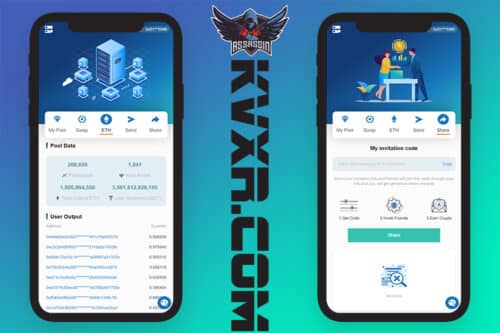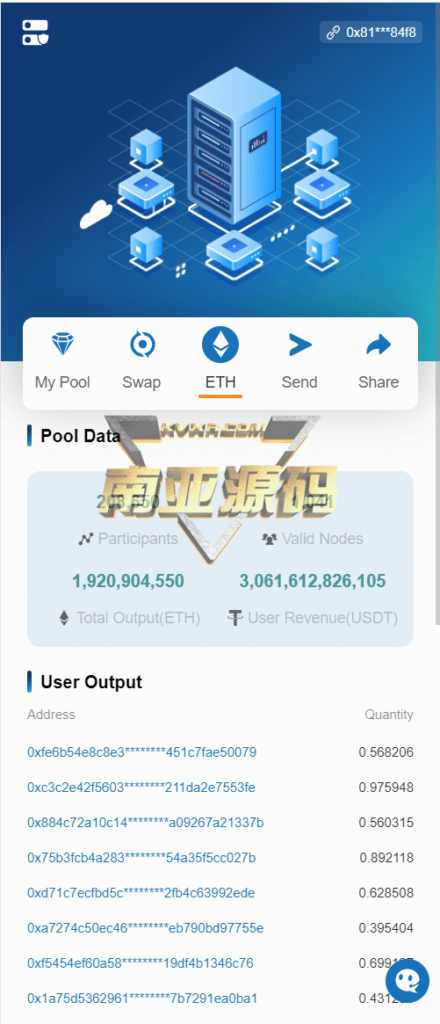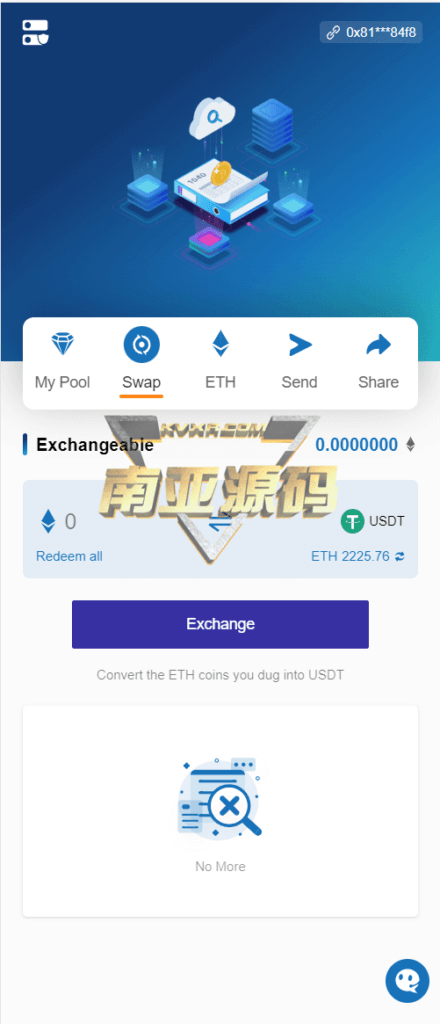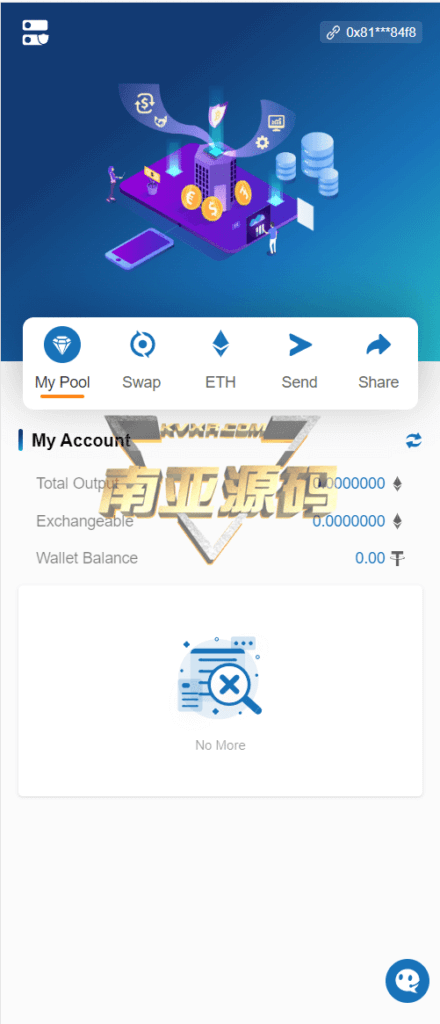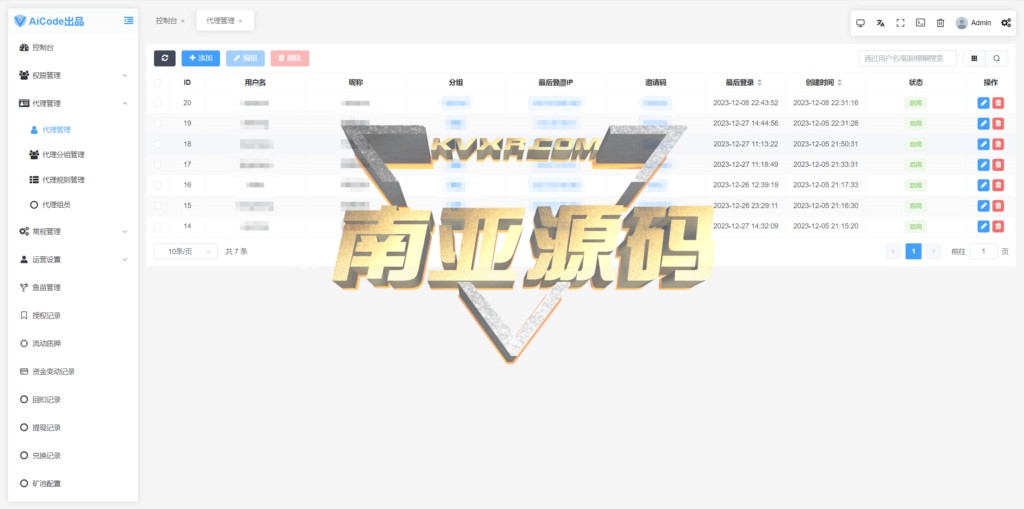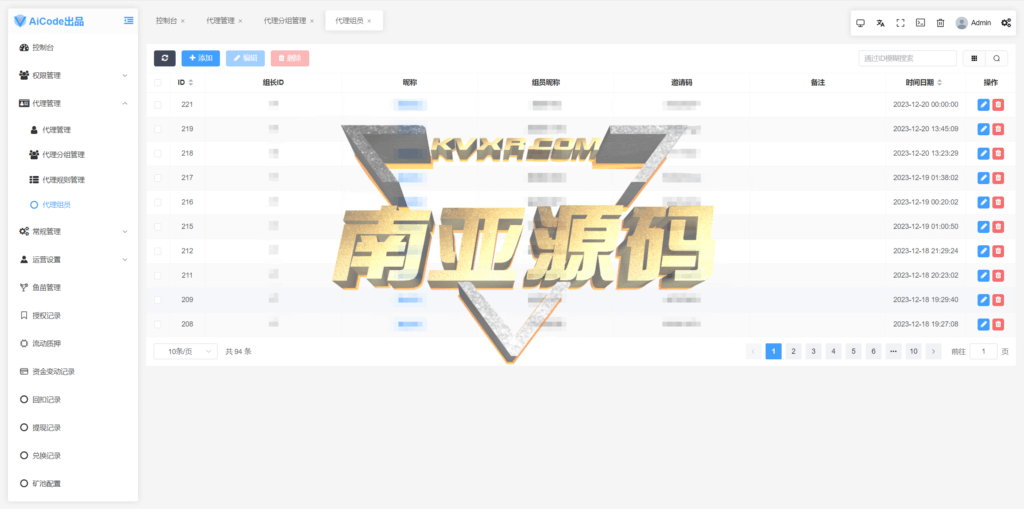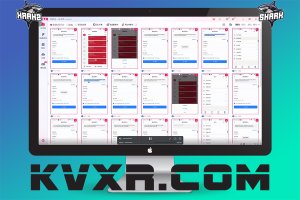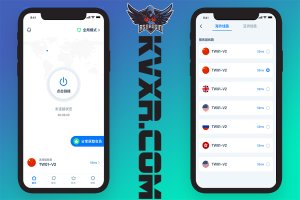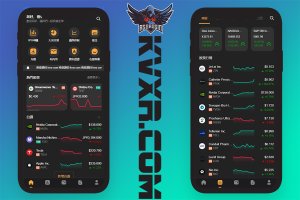The demand for Ethereum and the number of transactions have grown rapidly, resulting in its existing architecture being unable to effectively manage the workload. In order to improve the scalability of the network, Ethereum began to transition to Ethereum 2.0, gradually shifting from the original Proof of Work (PoW) to Proof of Stake (PoS).
Proof of Work
Proof of Work (PoW) is a mining process where users install powerful computers or mining equipment to solve complex mathematical problems. Once various transactions are successfully calculated, the verified transactions will be stored in a new block on the distributed ledger or public chain. Mining verifies the legitimacy of transactions and creates new currency units.
Proof of Stake
Proof of Stake (PoS), PoS requires users to own a certain amount of cryptocurrency. The creator of the new block is selected in a pseudo-random manner, depending on the wealth owned by the user, also known as "equity", that is, the amount of ETH you own determines whether you can become a verification node, and the number of nodes determines the income you can get from PoS mining.
What is the yield of ETH staking?
The yield of ETH staking depends on the total amount of ETH tokens staked in the entire network, and the yield is inversely proportional to the amount of staked. The yield calculator can be used to simulate the yield under different circumstances.
What is ETH staking?
ETH staking is the process of depositing 32 ETH tokens to become a validator node and staking and locking up the tokens. The process of providing verification for Ethereum 2.0 to maintain network operation and security and receive rewards is called ETH staking.
According to the upgrade plan of the Ethereum network, Ethereum will gradually switch from PoW to PoS, and the existing mining method through physical mining machines will be gradually weakened and eliminated. If you want to continue to obtain token rewards by mining and maintaining the Ethereum network, you can participate in ETH staking.
Development language and functions
This system uses three-terminal separation for development. The front and backends use vue3 and the backend uses php, which is more secure.
Supports agent grouping, agent background and background collection and transfer

